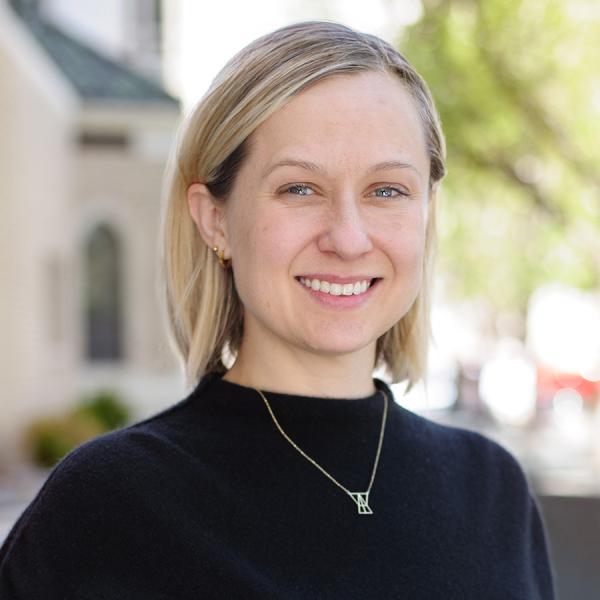The number of uninsured Coloradans who did not enroll in Medicaid or Child Health Plan Plus (CHP+), despite being eligible for the public coverage programs, continued to drop in 2015, falling to 130,000, according to a new analysis by the Colorado Health Institute.
The study also found a decline in the number of eligible Coloradans failing to take advantage of tax credits to purchase insurance through the state-based marketplace, dropping to 122,000.
Across the state, 441,000 residents under age 651 did not have insurance in 2015. Of those, 252,000 were eligible for Medicaid, CHP+ or the tax credits. The rest were in higher-income brackets, had refused offers of affordable insurance from an employer or were undocumented immigrants.
The findings show that health policies designed to help low-income and middle-income earners — including the Affordable Care Act (ACA) and accompanying enrollment and outreach efforts — are making inroads toward the goal of full health coverage.
Of the five million state residents with insurance in 2015, the Colorado Health Institute estimates that about 1.3 million obtained their coverage through one of the three programs, the most ever.
This research brief updates the Colorado Health Institute’s annual Medicaid, CHP+ and advance premium tax credit (APTC) enrollment analysis, evaluating the reach of these programs and examining the populations that remain uninsured despite their eligibility — a category known as eligible but not enrolled (EBNE).
We address four key questions: How many of Colorado’s uninsured were adults eligible for public insurance or tax credits in 2015? How many were kids? How many were undocumented immigrants? And has any of this changed since the implementation of the ACA?






